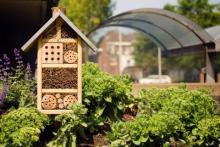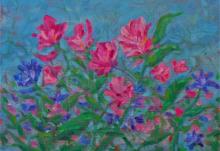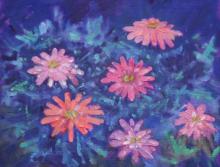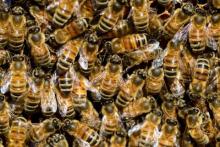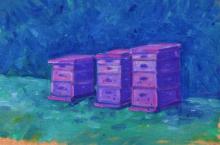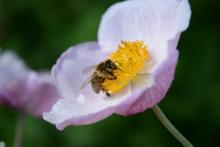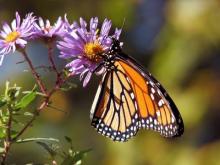Your Guide To Summer Flowers: Helenium
Helenium is a member of the family Asteraceae or Aster family of the genus Helenium L. commonly known as sneezeweed P. and contains twenty-one species. The plant is native to the eastern United States and is commonly found along roadsides and in parking lots. It blooms from late summer through early autumn and adds to a wildflower landscape.


